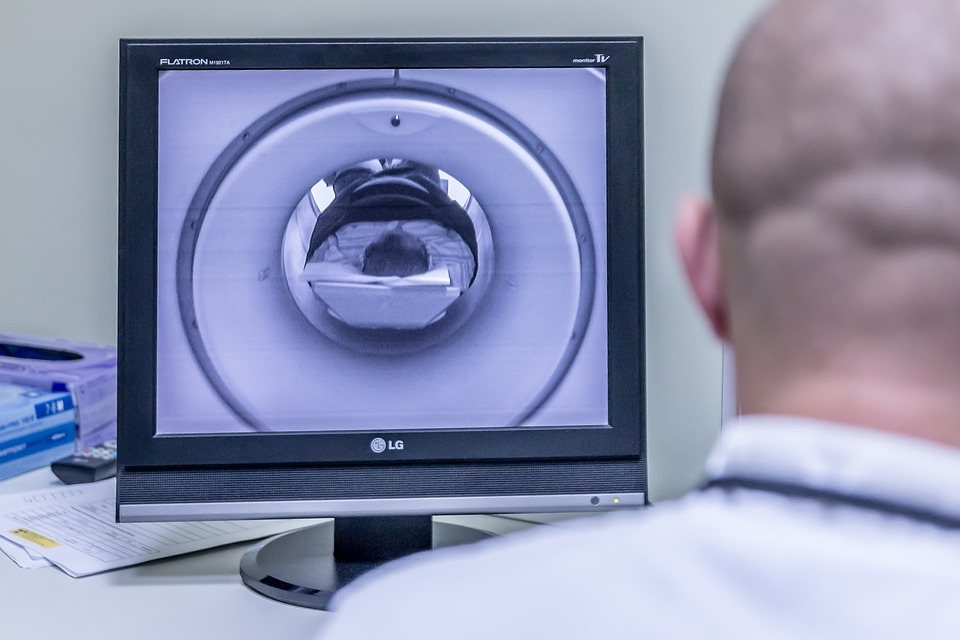Hard drive magnets are the unsung heroes of our digital world. They silently and efficiently store our precious memories, important documents, and favorite media files. Without them, our smartphones, laptops, and external hard drives would be nothing more than glorified paperweights. In this article, we’ll delve into the fascinating world of hard drive magnets, exploring their role in modern technology, the science behind their function, and their various types and applications.
The Crucial Role of Hard Drive Magnets
Hard drive magnets, also known as hard drive platters or disks, are the circular, magnetic components inside hard disk drives (HDDs) that store and retrieve digital data. These magnets work in conjunction with read/write heads and actuator arms to read and write data onto the magnetic surface of the disks.
The data stored on hard drive magnets is represented in binary code, a series of ones and zeros. When data is written to the disk, the read/write head magnetizes or demagnetizes tiny areas on the platter’s surface, creating patterns of ones and zeros that correspond to the original data. When data is read back, the head detects the magnetic polarity of these areas and converts it back into binary code, which is then translated into usable information by the computer’s operating system.
The Science Behind Hard Drive Magnets
The technology behind hard drive magnets relies on the principles of magnetism and magnetic recording. Magnetic recording is the process of storing information by magnetizing a ferromagnetic material, such as the magnetic layers on hard drive platters.
Hard drive magnets are composed of a substrate, typically made of glass or aluminum, coated with a thin layer of a ferromagnetic material, such as iron or cobalt. This magnetic layer is further divided into tiny, magnetic particles called grains, each of which can be magnetized or demagnetized individually.
The read/write head, which is positioned above the platter’s surface, uses a magnetic field to alter the magnetic orientation of these grains. When writing data, the head magnetizes the grains in patterns that correspond to the binary code. When reading data, the head detects the magnetic polarity of the grains and converts it back into binary form.
Types of Hard Drive Magnets
There are two main types of hard drive magnets: perpendicular and longitudinal.
1. Perpendicular Magnetic Recording (PMR)
Perpendicular magnetic recording (PMR) is the most common type of magnetic recording used in modern hard drives. In PMR, the magnetic grains on the platter are oriented perpendicularly to the disk’s surface. This perpendicular orientation allows for closer grain spacing, which in turn increases the areal density (the amount of data that can be stored on a given area of the platter) and overall storage capacity of the hard drive.
2. Longitudinal Magnetic Recording (LMR)
Longitudinal magnetic recording (LMR) is an older and less common type of magnetic recording used in some older hard drives. In LMR, the magnetic grains on the platter are oriented parallel to the disk’s surface. While LMR drives are less expensive to manufacture, they have lower areal densities and lower storage capacities compared to PMR drives.
Conclusion
Hard drive magnets, or hard drive platters, are the heart of modern data storage technology. These unsung heroes silently and efficiently store our precious memories, important documents, and favorite media files. By understanding the crucial role they play, the science behind their function, and the different types of hard drive magnets available, we can appreciate the complexity and ingenuity that goes into preserving our digital world.
FAQs
1. How do hard drive magnets store data?
Hard drive magnets store data using the principles of magnetism and magnetic recording. The read/write head magnetizes or demagnetizes tiny magnetic grains on the platter’s surface, creating patterns of ones and zeros that correspond to the original data. When data is read back, the head detects the magnetic polarity of these grains and converts it back into binary code.
2. What is the difference between perpendicular and longitudinal magnetic recording?
Perpendicular magnetic recording (PMR) is the most common type of magnetic recording used in modern hard drives. In PMR, the magnetic grains on the platter are oriented perpendicularly to the disk’s surface. This perpendicular orientation allows for closer grain spacing, which increases the areal density and storage capacity of the hard drive.
Longitudinal magnetic recording (LMR) is an older and less common type of magnetic recording used in some older hard drives. In LMR, the magnetic grains on the platter are oriented parallel to the disk’s surface. While LMR drives are less expensive to manufacture, they have lower areal densities and lower storage capacities compared to PMR drives.
3. Can magnets erase hard drive data?
Yes, strong magnets can erase hard drive data by altering the magnetic polarity of the magnetic grains on the platter’s surface. This process is called magnetic erasure or degaussing. However, the magnetic fields produced by common household magnets are typically not strong enough to erase hard drive data. To protect your data, it is important to keep your hard drives and other magnetic storage devices away from strong magnetic fields, such as those produced by MRI machines or large electromagnets.
4. How long do hard drive magnets last?
The lifespan of hard drive magnets, or hard drive platters, depends on various factors, including the quality of the magnetic material, the number of write/erase cycles, and the operating environment. In general, modern hard drives are designed to last for several years under normal usage conditions. However, factors such as high temperatures, humidity, and physical shocks can shorten the lifespan of the magnetic material and reduce the overall reliability of the hard drive.

